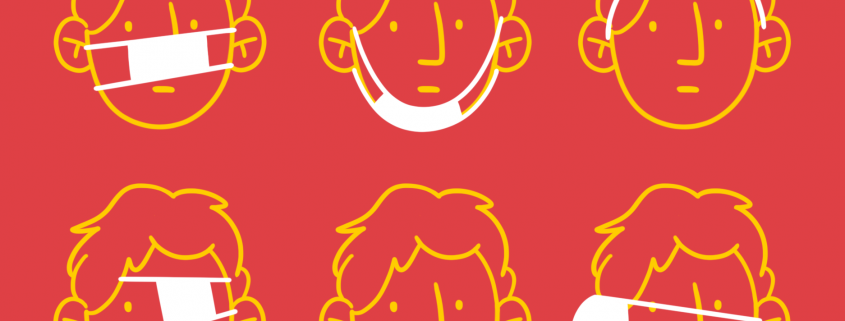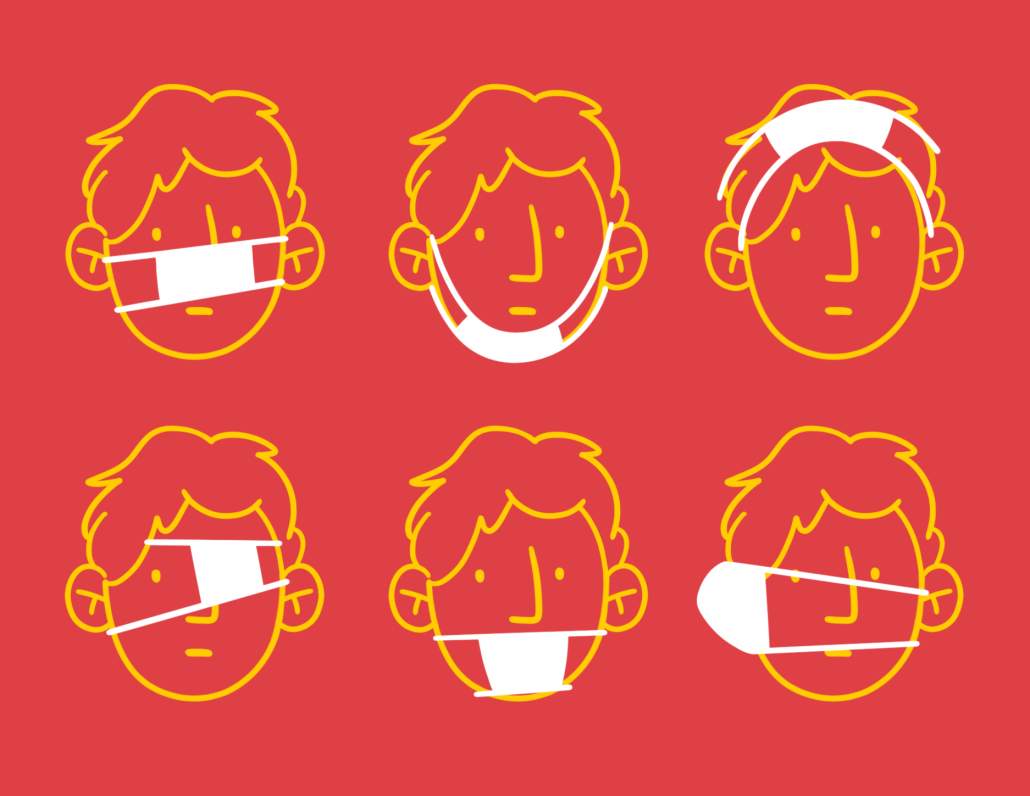USC students should strictly follow the mask mandate
Although it is only the third week of school, students are already not following USC’s mask mandate, posing risks for themselves and the people around them.
Prior to reopening campus for the Fall 2021 semester, the University administration established a mask mandate that requires all students, faculty and University staff to wear masks while inside campus facilities. Although there are no direct guidelines for masks in outdoor settings, all attendees are asked to wear masks at large outdoor gatherings such as the New Student Convocation and the Welcome Back Concert.
However, the University’s efforts to prevent and contain the spread of the coronavirus have been ignored by some members of the USC community. Ironically, dining halls are overcrowded and the only places where masks are not required because students are eating. Additionally, at Welcome Back events and in-person involvement fairs where facial coverings were required, many students often wore their masks below their noses or carried them in their hands.
The low positivity rate in the first two weeks of school may be the reason why students are treating the mask mandate less seriously.
According to the USC COVID-19 Dashboard, in weeks one and two, the total number of positive cases were 152 and 143, respectively. Meanwhile, the positivity rates among students are 0.4% and 0.5%, respectively, and is lower than that of Los Angeles County. However, the risks of contracting the virus may not always remain low on campus.
The delta variant is more infectious than other variants and can even infect fully vaccinated people. However, this variant is not the only threat. A new coronavirus variant, also known as mu, has been recently listed by the World Health Organization as a “variant of interest.” WHO indicated that the mu variant can potentially evade immunity created by vaccines and antibodies, meaning it can infect both vaccinated and unvaccinated people. Although the variant is not currently common in the United States, it should warrant people’s vigilance.
The ongoing spread of the delta variant and the potential risks brought by the mu variant shows that our struggle against the coronavirus is not over. Students must continue to wear masks and monitor their health. By strictly following the University mandates, students can help prevent the surge of the positivity rate on campus and even lower it to a great extent.
When attending classes and events indoors, students should follow the mandate by keeping masks on and above their noses at all times. According to the Centers for Disease Control, “masks should completely cover the nose and mouth and fit snugly against the sides of [the] face without gaps.” Johns Hopkins Medicine reveals that respiratory droplets can be inhaled through the nose and cause infection.
Apart from wearing masks incorrectly, eating in class should also be strongly discouraged, as per the University’s mandate.
Situations may vary when it comes to the outdoors. The University does not require students to wear masks when they walk on campus but had previously asked students to wear masks during school-wide events throughout the first two weeks of school. However, students should consider keeping their face masks on while attending large outdoor gatherings throughout the semester.
The CDC advises people to wear their masks when they cannot stay six feet apart from people who don’t live with them in an outdoor setting. Walking on the crowded Trousdale Parkway and Childs Way on campus at noon does not necessarily satisfy a six-foot distance. Hence, students should also consider wearing their masks when they are walking in these overcrowded areas.
The mask mandate, along with the weekly coronavirus tests and daily Trojan Check, may seem cumbersome to some people. However, these policies are established to protect the students, faculty, staff and the community. It is necessary for students to be responsible for their actions and maintain a safe campus for everyone.


